The path to a first boatbuilding adventure is not always straight, nor even obvious. For some, boats have been a lifelong passion, stemming from childhood when school notes were embellished with doodled sailboats, or scrap-wood vessels were towed on the end of a string across driveways and puddles. For others, like Reid Schwartz, the journey was more oblique.Reid Schwartz grew up in the Lake Sunapee region of New Hampshire, and while his family didn’t have boats of their own, he often went paddling with neighborhood friends whose family owned two canoes. But Reid was drawn more to arts and crafts than boats, and after high school he went to the Massachusetts College of Art to study sculpture and printmaking. It was there that he discovered a love of tools. “While trying to learn blacksmithing,” he recalls, “I made blades and hatchets…my professors were not amused.” In the course of researching indigenous crafts and canoes, Reid learned that when suitable birch for canoe building was hard to find, Native Americans improvised, initially trading for bark from other regions, or, by the late 1800s, for manmade materials such as canvas. By the late 20th century, the preferred fabric in parts of Canada was waterproofed tarpaulin. When Reid built his own canoe in this more recent tradition, he used a PVC-coated truck tarp for the skin.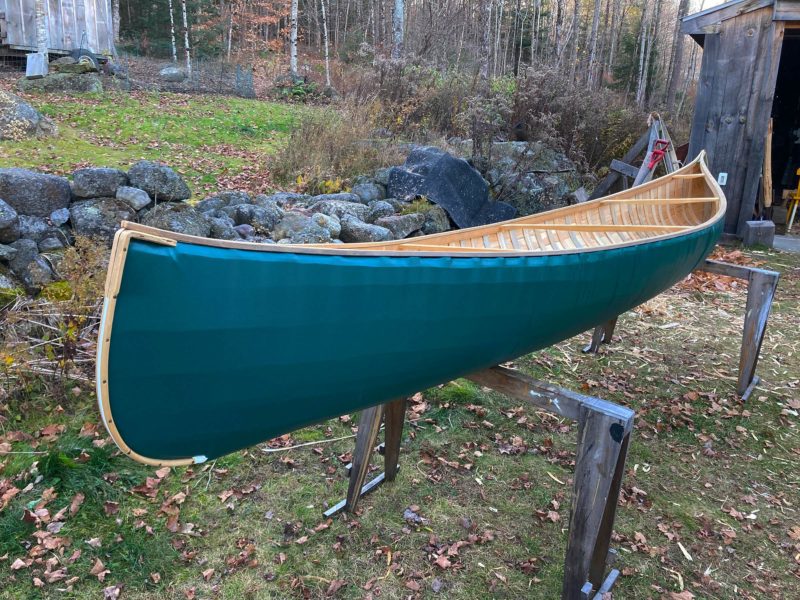 Reid Schwartz
Reid Schwartz
Join The Conversation
We welcome your comments about this article. To include a photo with your remarks, click Choose File below the Comment box.

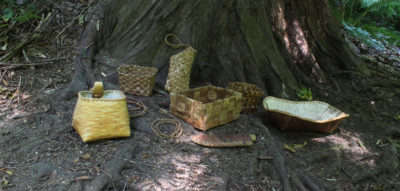
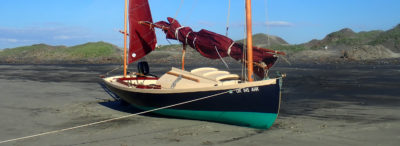
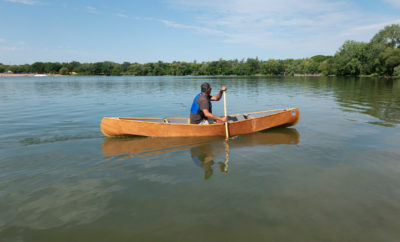
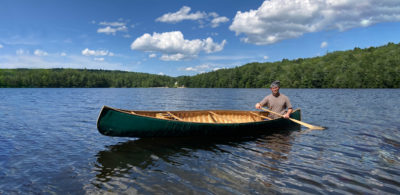

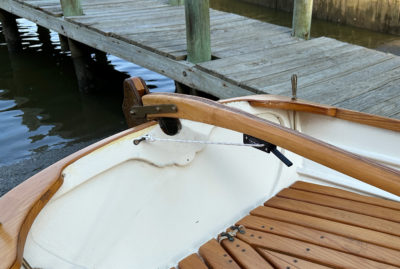
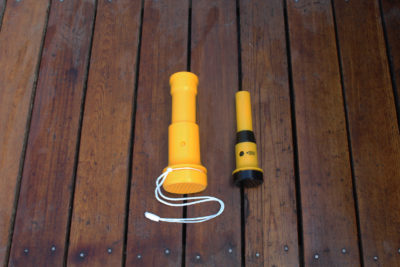
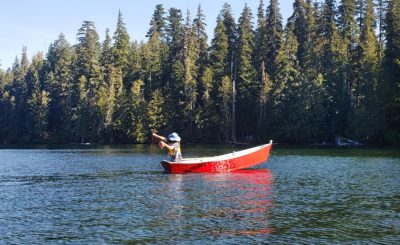
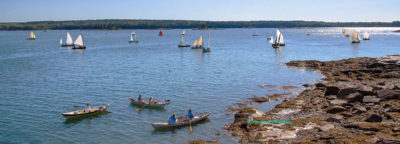
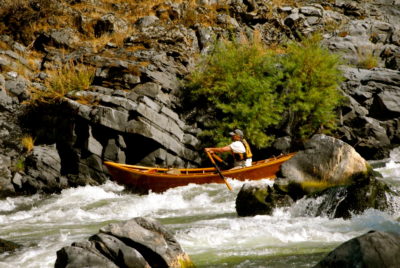
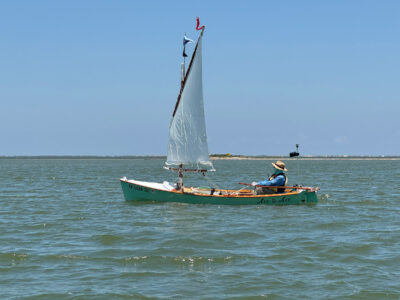

A timeless and beautiful boat. I hope you have many years of enjoyment!
A great project and great results!
Fine way of keeping the craft going without birchbark.
George Dyson uses a heavy grade of nylon to skin his aluminum-framed kayaks. The advantage is that he can heat shrink the fabric to make a smooth skin without creases or gores.
Very cool article. Love canoe-obsessed people:)